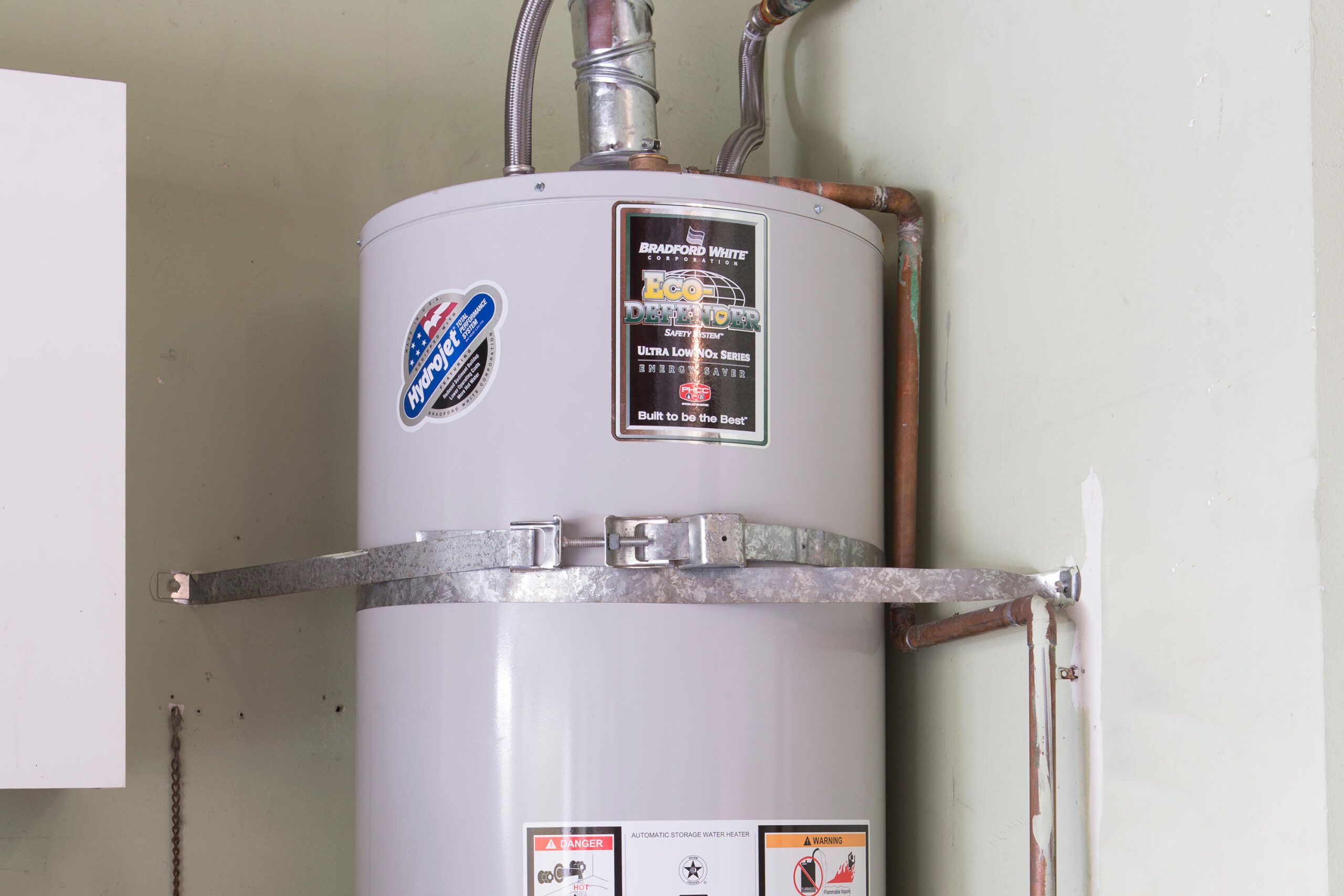Best Practices for Maintaining Your Home's Hot Water System
Best Practices for Maintaining Your Home's Hot Water System
Blog Article
This great article listed below about What Kind of Maintenance Do Water Heaters Need? is truly motivating. Don't overlook it.

Warm water is important for day-to-day comfort, whether it's for a rejuvenating shower or washing meals. To guarantee your hot water system runs effectively and lasts much longer, regular maintenance is crucial. This short article gives practical ideas and understandings on how to preserve your home's warm water system to stay clear of interruptions and pricey repairs.
Introduction
Preserving your home's warm water system might seem complicated, but with a few straightforward actions, you can ensure it operates smoothly for several years ahead. This guide covers whatever from recognizing your warm water system to DIY maintenance suggestions and understanding when to call specialist assistance.
Value of Keeping Your Warm Water System
Normal maintenance not only extends the life expectancy of your warm water system yet additionally guarantees it operates efficiently. Overlooking maintenance can result in decreased efficiency, higher power costs, and also premature failure of the system.
Indications Your Warm Water System Demands Maintenance
Understanding when your hot water system needs interest can avoid major issues. Look out for signs such as irregular water temperature level, odd sounds from the heating unit, or rustic water.
Purging the Water Heater
Flushing your water heater removes debris accumulation, enhancing effectiveness and extending its life.
Checking and Replacing Anode Rods
Anode poles protect against corrosion inside the tank. Inspecting and changing them when broken is critical.
Facility Problems Needing Expert Assistance
Examples consist of significant leaks, electrical problems, or if your hot water heater is continually underperforming.
Regular Professional Maintenance Conveniences
Specialist maintenance can include detailed examinations, tune-ups, and making certain conformity with security standards.
Evaluating and Changing Temperature Setups
Changing the temperature settings makes certain ideal performance and safety and security.
DIY Tips for Upkeep
You can do a number of maintenance jobs yourself to maintain your hot water system in leading problem.
Checking for Leakages
On a regular basis examine pipelines and connections for leakages, as these can cause water damage and greater bills.
Recognizing Your Hot Water System
Prior to diving into upkeep tasks, it's helpful to recognize the fundamental elements of your hot water system. Normally, this includes the hot water heater itself, pipes, anode poles, and temperature controls.
Month-to-month Maintenance Tasks
Regular month-to-month checks can help capture minor problems before they rise.
Checking Pressure Relief Valves
Checking the pressure relief valve guarantees it works properly and prevents excessive stress build-up.
Insulating Pipes
Insulating hot water pipes reduces warmth loss and can conserve power.
When to Call a Specialist
While DIY upkeep is advantageous, some concerns require professional experience.
Conclusion
Routine maintenance of your home's hot water system is necessary for efficiency, durability, and expense financial savings. By following these suggestions and recognizing when to seek professional assistance, you can make certain a dependable supply of hot water without unanticipated disturbances.
How to Maintain an Instant Hot Water Heater
Before tinkering with your hot water heater, make sure that it’s not powered on. You also have to turn off the main circuit breaker and shut off the main gas line to prevent accidents. Also turn off the water valves connected to your unit to prevent water from flowing into and out of the appliance. 2. When you’re done, you have to detach the purge valves’ caps. These look like the letter “T†and are situated on either side of the water valves. Doing so will release any pressure that has accumulated inside the valves while at the same time avoid hot water from shooting out and burning your skin. 3. When the purge valves’ caps are removed, you have to connect your hosing lines to the valves. Your unit should have come with three hoses but if it didn’t, you can purchase these things from any hardware or home repair shops. You can also get them from retail stores that sell water heating systems. Read the user’s manual and follow it to complete this task properly. When the hosing lines are connected, open the purge port’s valves. 4. You should never use harsh chemical cleaners or solutions when cleaning your unit. Make use of white vinegar instead. It should be undiluted and you’ll probably use about 2 gallons. 5. Now flush your water heater. This task should probably take about 40 minutes. We can’t give you specific directions for this because the procedure is carried out depending on the type, model and brand of your heater. With that being said, refer to the user’s manual. 6. When you’re done draining the unit, you have to turn off the purge port valves again. Remove the hosing lines that you earlier installed on each of the water valves. Put the valve caps (purge port) back in their respective places and be very careful so as not to damage the rubber discs that are found inside these caps. 7. Now that everything’s back in place, check your user’s manual again to find out how to reactivate your water heating system. 8. Once it is working, turn one of your hot water faucets on just to let air pass through the heater’s water supply pipes. Leave the tap on until water flows smoothly out of it. https://www.orrplumbing.com/blog/2014/september/how-to-maintain-an-instant-hot-water-heater/

Do you enjoy reading about How to Maintain a Hot Water Heater in a Few Simple Steps? Leave feedback below. We'd be happy to hear your opinions about this blog posting. In hopes that you visit us again in the near future. For those who enjoyed our article kindly consider to share it. I truly appreciate your readership.
Call Today Report this page